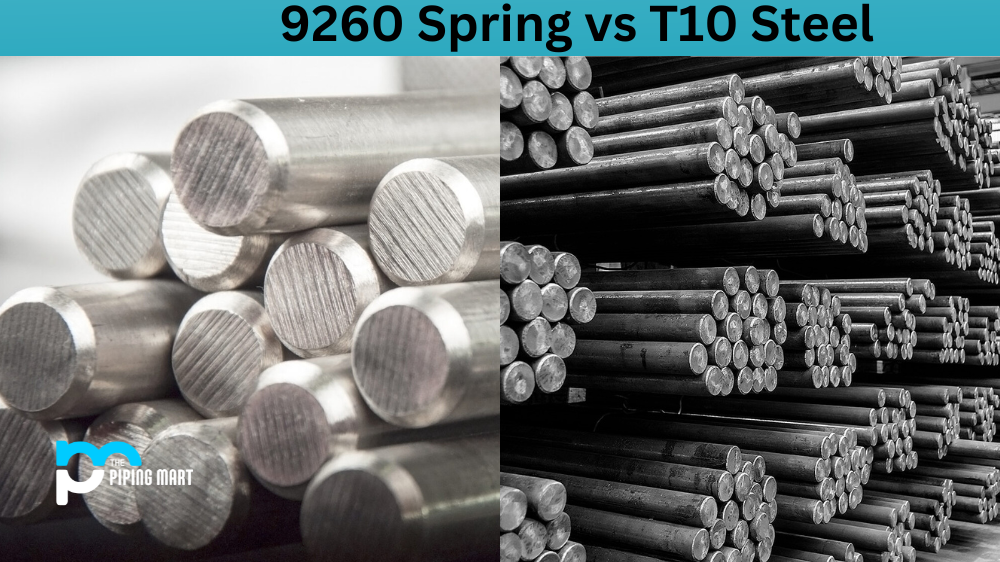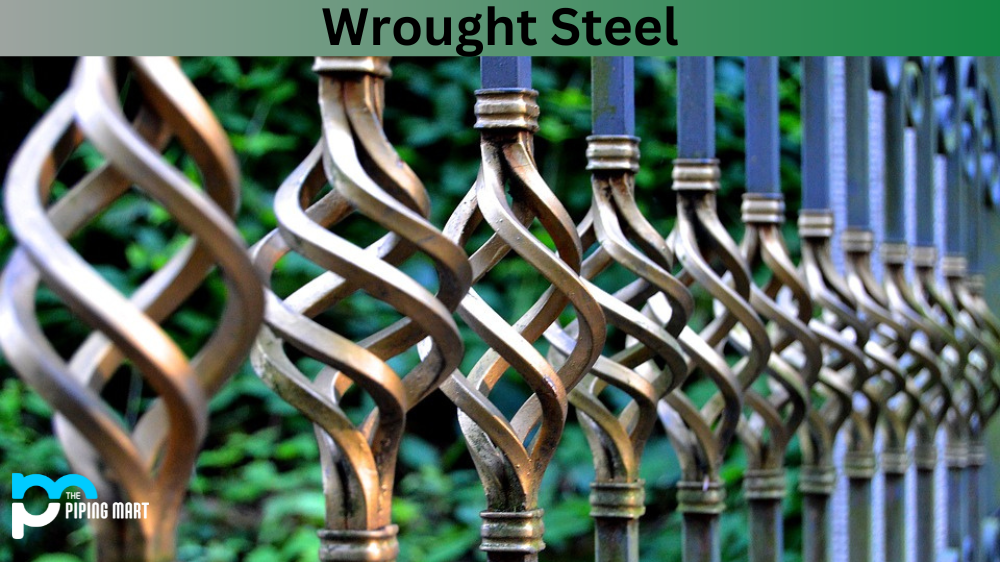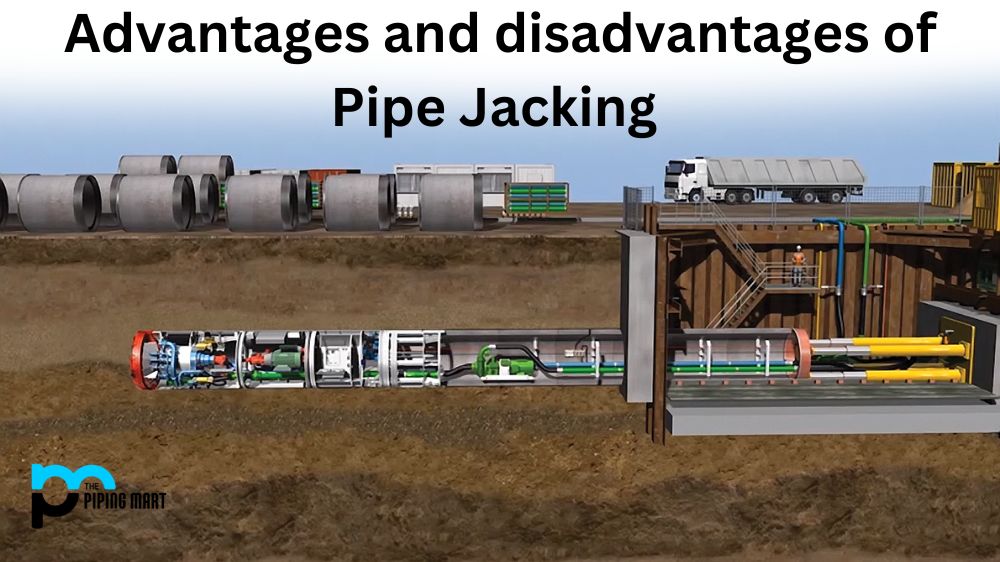Swords are a beloved object of fascination for many people. They are not only beautiful, but they represent a long and storied history of warfare and chivalry. However, not all swords are created equal, and the materials used to make them can greatly affect their strength and durability. In this blog post, we will compare two popular types of steel used in sword-making: 9260 Spring steel and T10 steel. We will explore the similarities and differences between these materials and help you determine which is best for your sword.
What is 9260 Spring Steel?
9260 Spring Steel is a silicon-manganese alloy often used for sword-making due to its high tensile strength and durability. It is known for its flexibility, which allows it to withstand heavy impact without shattering. However, because of its high silicon content, it can be difficult to work with, and it is also more prone to corrosion than other types of steel.
What is T10 Steel?
T10 steel is a high-carbon steel known for its strength and durability. It contains up to 1% carbon, which makes it an incredibly hard steel that can maintain a sharp edge for a long time. T10 steel is also less prone to corrosion than other types of steel due to its low carbon content. However, because it is a harder steel, it is also more brittle than 9260 Spring steel.
Difference Between 9260 Spring and T10 Steel
The main difference between 9260 Spring steel and T10 steel is their composition. 9260 Spring steel is a silicon-manganese alloy, while T10 is high-carbon steel. This means 9260 Spring steel is more flexible than T10 steel and more prone to corrosion. T10 steel is harder and more durable than 9260 Spring steel but also more brittle.
Composition
One of the main differences between 9260 spring steel and T10 steel is their composition. 9260 spring steel contains silicon, manganese, and chromium, while T10 steel contains vanadium. These elements give the two steels different properties. For example, the silicon in 9260 spring steel makes it more resistant to corrosion, while the vanadium in T10 steel gives it better wear resistance.
Hardness
Another difference between 9260 spring steel and T10 steel is their hardness. 9260 spring steel has a hardness of Rockwell C 60-64, while T10 steel has a hardness of Rockwell C 65-70. This means that T10 steel is harder than 9260 spring steel and will retain its edge better over time. However, 9260 spring steel is more resistant to corrosion than T10 steel.
Price
9260 spring steel is typically more expensive than T10 steel due to its higher carbon content and silicon content.
Similarities
9260 Spring and T10 steel are popular swords-making choices due to their strength and durability. Both materials can withstand heavy impact and maintain shape, even after repeated use. Additionally, both materials are relatively easier to sharpen than other steel types.
Which should you choose?
The choice between 9260 Spring steel and T10 steel ultimately comes down to personal preference and what you want to use your sword for. If you are looking for a more flexible sword and easy to work with, 9260 Spring Steel may be the better choice. If you plan on using your sword for heavy-duty tasks and want a blade that can maintain a sharp edge for a long time, T10 steel may be the better choice.
Conclusion
In conclusion, both 9260 Spring steel and T10 steel are excellent choices for sword-making, each with unique properties and advantages. It is important to consider your personal preferences and the intended use of your sword when choosing between these two materials. Whichever material you choose, invest in a high-quality sword that will withstand the test of time and become a cherished piece of your collection.

Meet Bhavesh, a seasoned blogger with a wealth of knowledge and experience. From metal products manufacturing to retail, Bhavesh has a diverse background in various industries and is dedicated to sharing his insights and expertise with readers.




